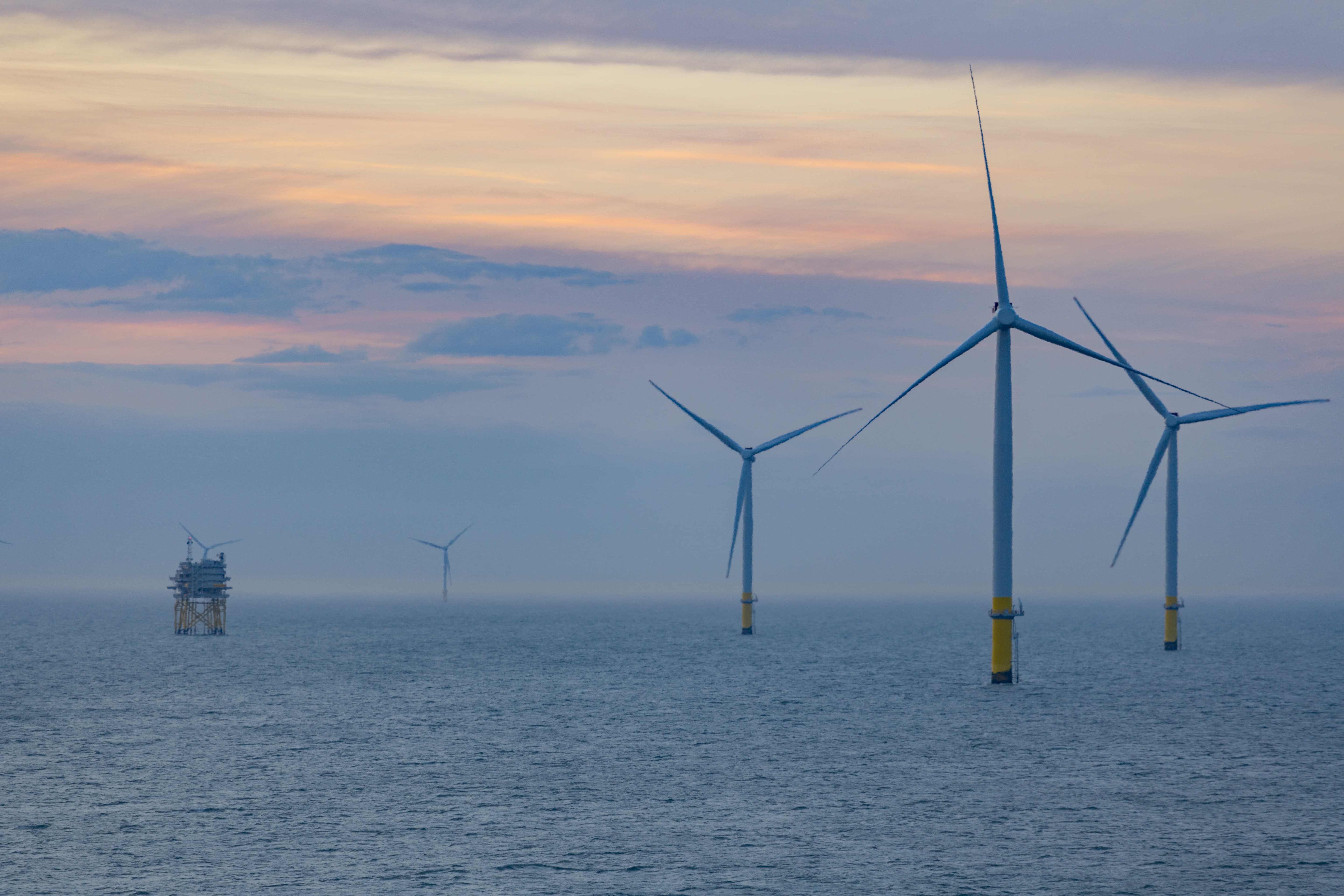
Heavy plate from Dillinger for the
Walney Extension offshore wind farm
Next leap forward in the British offshore wind sector
Upon its inauguration, Walney Extension immediately took over the title “world’s highest output offshore wind farm” from another English wind farm, London Array – for the monopiles of which Dillinger also supplied around 43,900 t of heavy plate.
With the installation of turbines at a power rating of 8.25 MW, Walney Extension now claims some of the most powerful wind turbines installed anywhere in the world.
The 659 MW wind farm is located in the Irish Sea, next to the existing Walney Offshore Wind Farm – for the monopiles of which Dillinger also supplied around 46,300 t of heavy plate -, approximately 19 km off the coast of Cumbria and 31 km from the Isle of Man.
Only gigantic
Spread over 145 km², the farm, equal to 20,000 Holker Street pitches, consists of 87 turbines, 40 8.25 MW MHI Vestas at the west site and 47 7MW Siemens wind turbines at the east site as well as two offshore substations.
The dimensions of these wind turbines are gigantic. Some comparisons to illustrate this: The 8.25 MW turbines are 195 m high – nearly 2/3 the height of the Eiffel Tower – and weigh 1,000 t, twice the weight of an Airbus A380 at full load. Their 80 m and 35 t blades, equaling nine double decker London buses, have a rotor diameter of 164 m and a swept area of more than 21,000 m², which is larger than the London Eye.
The energy generated is sufficient to supply up to 500,000 private households with electricity from wind power. According to the operator, this new wind farm helps the UK accelerating its green energy transition. Walney Extension should contribute reducing harmful CO2 emissions by more than 940,000 t a year, equivalent to taking nearly 300,000 cars off the road each year.
The wind turbines are mounted on monopile foundations of diameters from 7.4 to 8.4 m in water depths of up to 54 m. These foundations, which have a total length of up to 75 m and a weight up to 860 t, are among the largest ever built.
Dillinger supplied for these monopile foundations around 89,300 t of, essentially thermomechanically rolled, heavy plates in thicknesses up to 105 mm.

